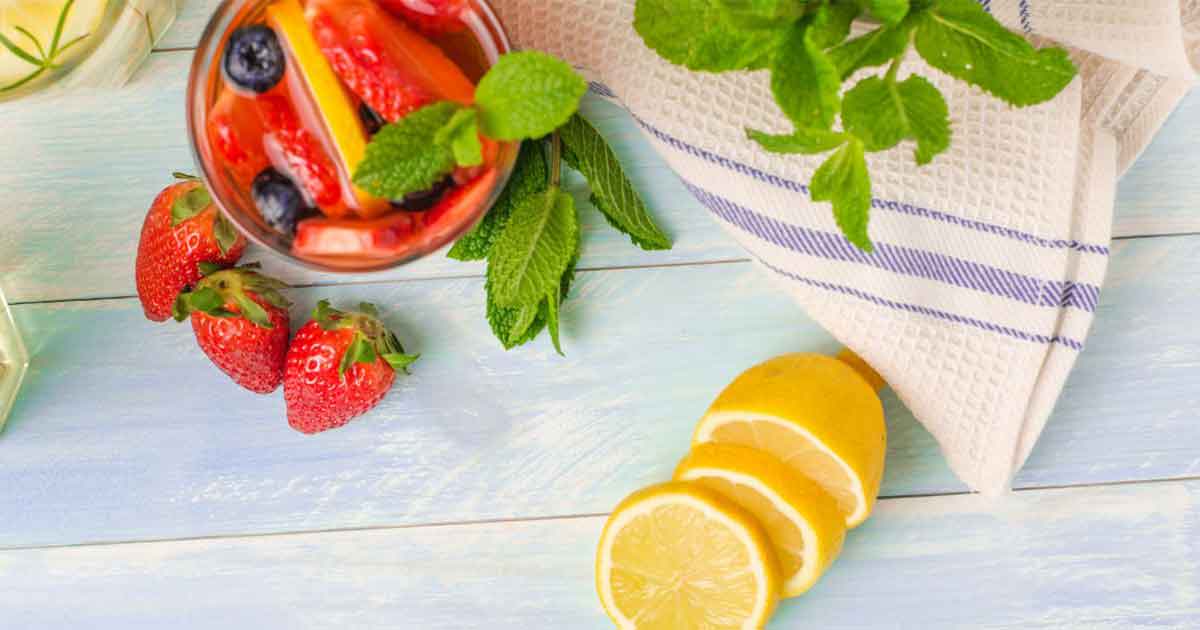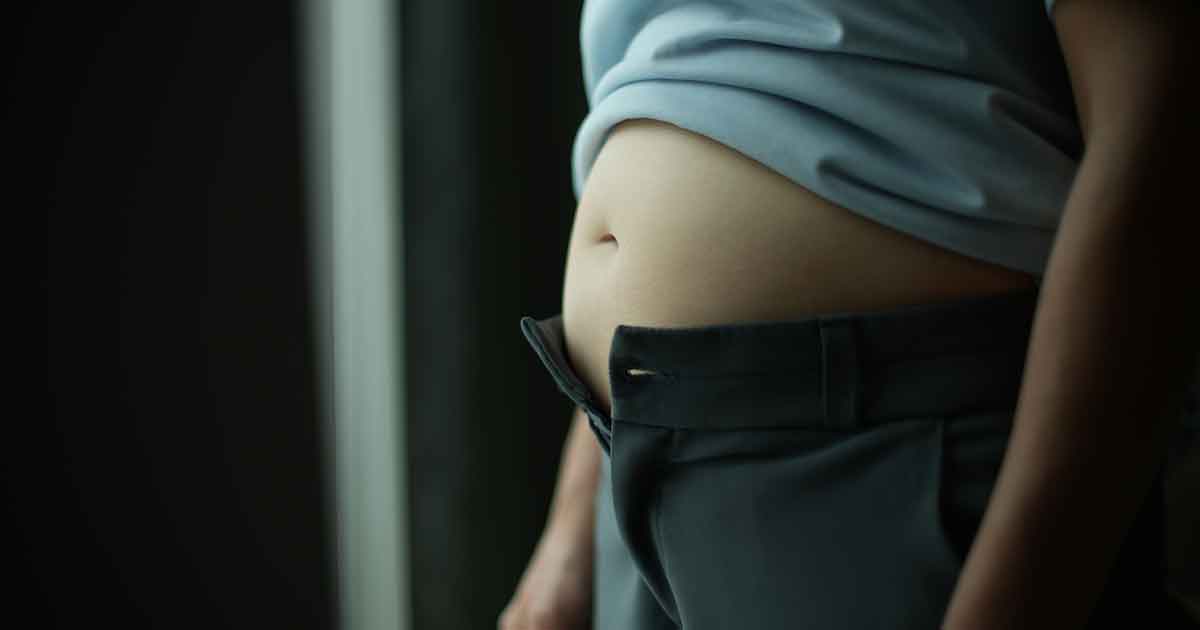True Cellular Formulas Team - December 12, 2023
Choosing a Non-Toxic Christmas Tree
A Health-Conscious Holiday Guide

The holiday season is synonymous with the tradition of decorating a Christmas tree. While many of us gravitate towards the charm of a real tree, not all of them are created equal when it comes to our health and the environment. This blog explores the lesser-known facts about conventional Christmas tree farming, including the use of harmful chemicals, and offers guidance on how to choose a non-toxic tree for a safer, greener holiday celebration.
The Hidden Dangers of Conventional Christmas Trees
When we admire the perfect shape and lush greenery of a typical Christmas tree, we rarely consider the environmental conditions and farming practices that make this perfection possible. Most commercially grown Christmas trees are cultivated in controlled environments designed to eliminate competition from other plants and pests. This often involves the heavy use of chemicals, such as pesticides and fungicides.[1]
These chemicals, while effective in tree farming, can pose significant health risks to humans. Pesticide exposure, even in small amounts, can lead to lung and eye irritation.[2] More concerning are the potential long-term effects, which can include hormonal disruptions and an increased risk of cancer.[3] When we bring these trees into our homes, we unknowingly introduce these toxic residues into our living spaces, potentially impacting the health of our families.
Healthier Alternatives to Traditional Christmas Trees
Opting for a non-toxic Christmas tree doesn't mean you have to forgo the tradition of a real tree. In fact, there are healthier, more environmentally friendly alternatives available. One such option is naturally grown Christmas trees. These trees are cultivated without the heavy use of harmful chemicals, making them a safer choice for your home and family. By choosing a naturally grown tree, you not only reduce your exposure to toxic substances but also support farming practices that are more in tune with nature.
How to Find a Non-Toxic Christmas Tree
Finding a non-toxic Christmas tree may require a bit more effort, but it's well worth it for the peace of mind it brings. Start by contacting local tree farms and inquiring about their growing practices. Ask specifically if they have any trees that are grown naturally or organically. These farms are more likely to use minimal chemicals, if any, in their cultivation process.
If you're in a region where it's permitted, another great option is to harvest your own Christmas tree. This not only ensures that you know exactly where your tree comes from but also provides a unique and memorable family experience. Check with your local forestry department or natural resources office to learn about permits and guidelines for responsibly harvesting a Christmas tree in your area.
Remember, choosing a non-toxic Christmas tree is a step towards a healthier home and a more sustainable holiday season.
Harvesting Your Own Tree - A Family Adventure
Harvesting your own Christmas tree is an adventure that can create lasting family memories. It's an opportunity to connect with nature and participate in a sustainable holiday tradition. Before heading out, make sure you understand the local regulations. Typically, you'll need a permit, which is often available from local forestry services or natural resources offices. These permits are usually inexpensive and come with guidelines to ensure sustainable harvesting practices.
When harvesting your own tree, it's important to respect the environment. Choose a tree from an area where it's allowed, and follow the 'Leave No Trace' principles. Make sure to bring the right tools for the job, like a handsaw and gloves, and know how to safely cut down the tree. This experience isn’t just about getting a Christmas tree; it’s about teaching responsibility and environmental stewardship.
Supporting Sustainable and Organic Tree Farms
By choosing to buy from sustainable and organic tree farms, you're not just getting a healthier tree for your home; you're also contributing to environmentally responsible farming practices. These farms often use integrated pest management techniques, which minimize the use of harmful chemicals and focus on the long-term health of the soil and surrounding ecosystem.
When searching for a sustainable or organic tree farm, look for certifications or ask the growers about their farming practices. These farms might not be as widespread as conventional ones, but supporting them can have a significant impact. It encourages more farmers to adopt eco-friendly practices and contributes to a healthier planet.
Additional Tips for a Non-Toxic Holiday Season
Beyond choosing a non-toxic Christmas tree, there are other ways to ensure your holiday celebrations are as healthy and environmentally friendly as possible. Consider eco-friendly decorations, like natural garlands, biodegradable ornaments, or low (to no) flicker LED lights that consume less energy. You can also explore creative alternatives like decorating a potted plant or crafting a DIY tree from sustainable materials.
It's also important to be mindful of the disposal of your tree after the holidays. Look for local recycling programs that turn Christmas trees into mulch or compost, reducing waste and giving back to the environment. Additionally, if you've chosen a potted tree, you can replant it after the season, contributing to reforestation efforts and carbon sequestration!
Summary
Choosing a non-toxic Christmas tree is a step towards a healthier, more sustainable holiday season. It not only benefits the environment but also ensures the well-being of your family by reducing exposure to harmful chemicals. By making informed decisions and supporting eco-friendly practices, you can enjoy the festive season knowing you're contributing to a healthier planet.
Remember, every small step counts in making a difference. This holiday season, let your Christmas tree be a symbol of your commitment to a greener, healthier world.
- “Christmas Trees and Pesticides.” Beyond Pesticides, www.beyondpesticides.org/programs/center-for-community-pesticide-and-alternatives-information/pesticide-free-holidays/christmas.
- “Potential Health Effects of Pesticides.” Penn State Extension, extension.psu.edu/potential-health-effects-of-pesticides.
- Mnif, Wissem et al. “Effect of endocrine disruptor pesticides: a review.” International journal of environmental research and public health vol. 8,6 (2011): 2265-303. doi:10.3390/ijerph8062265



